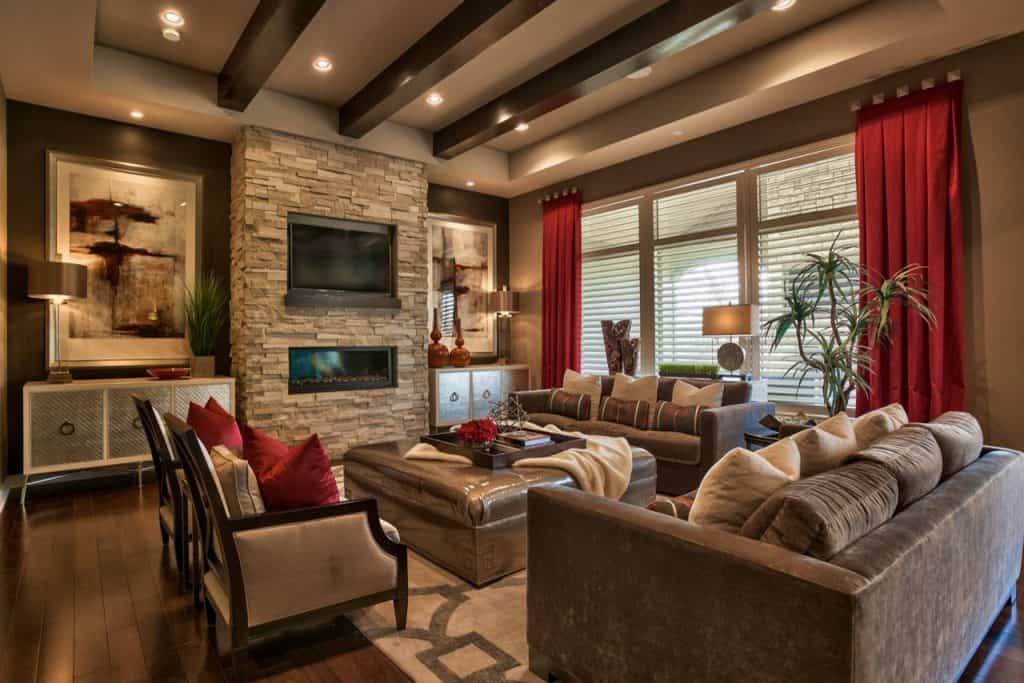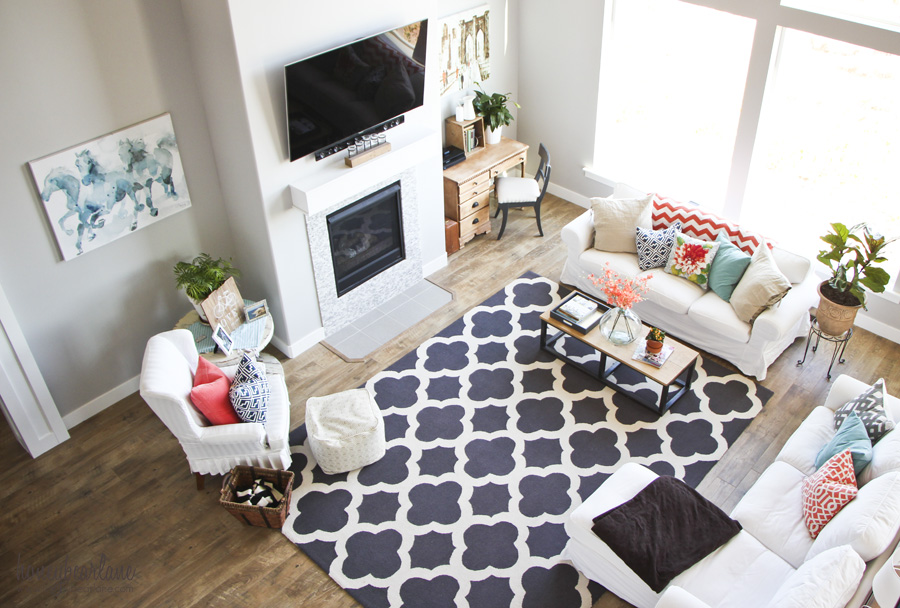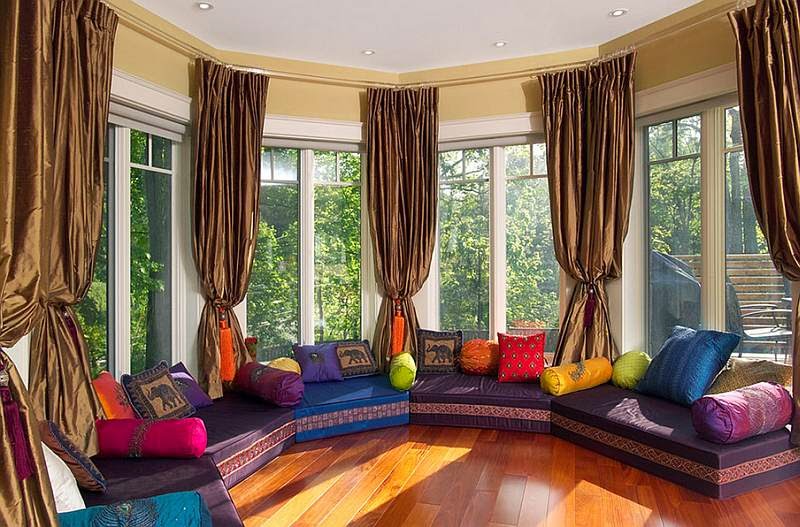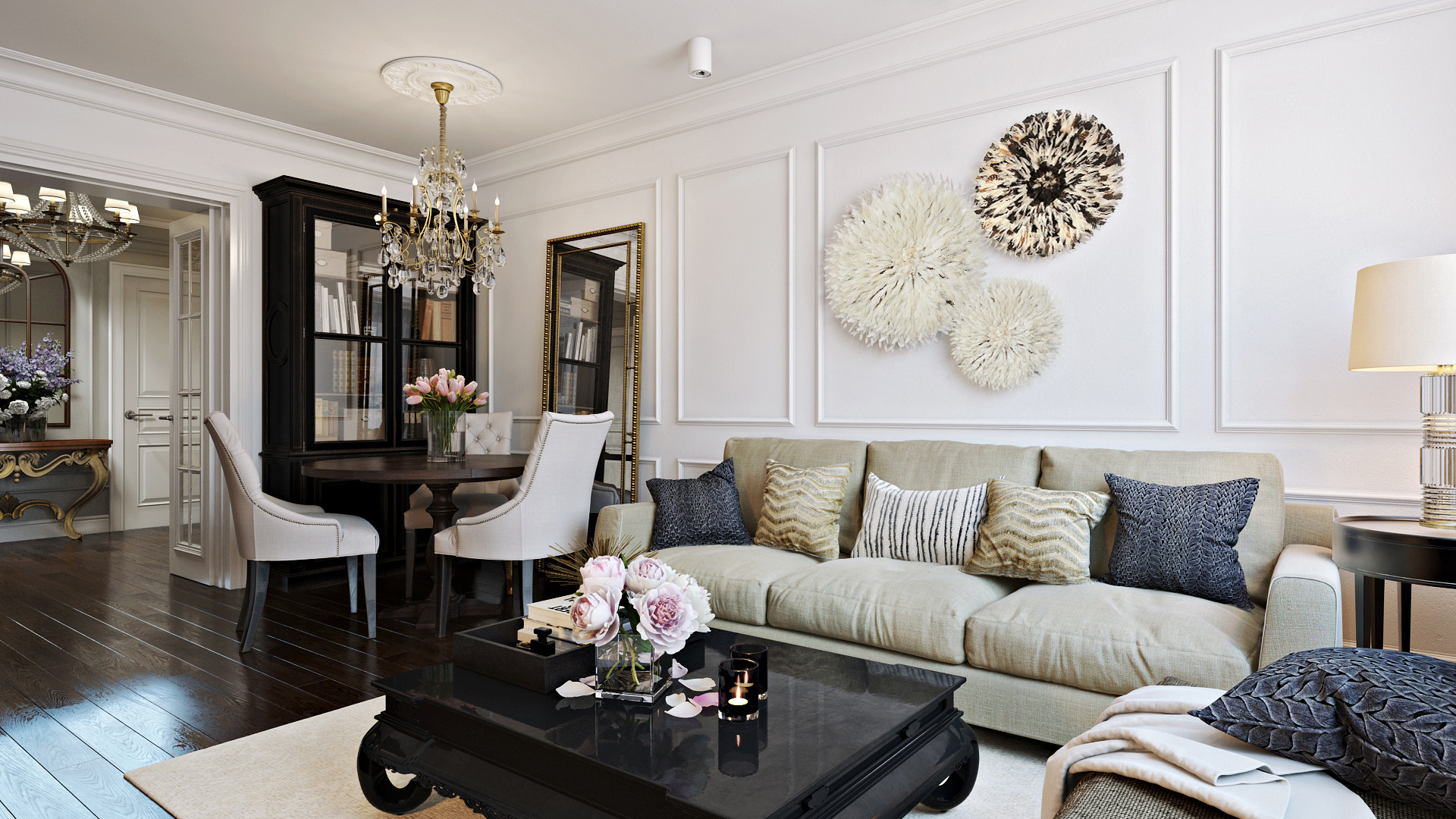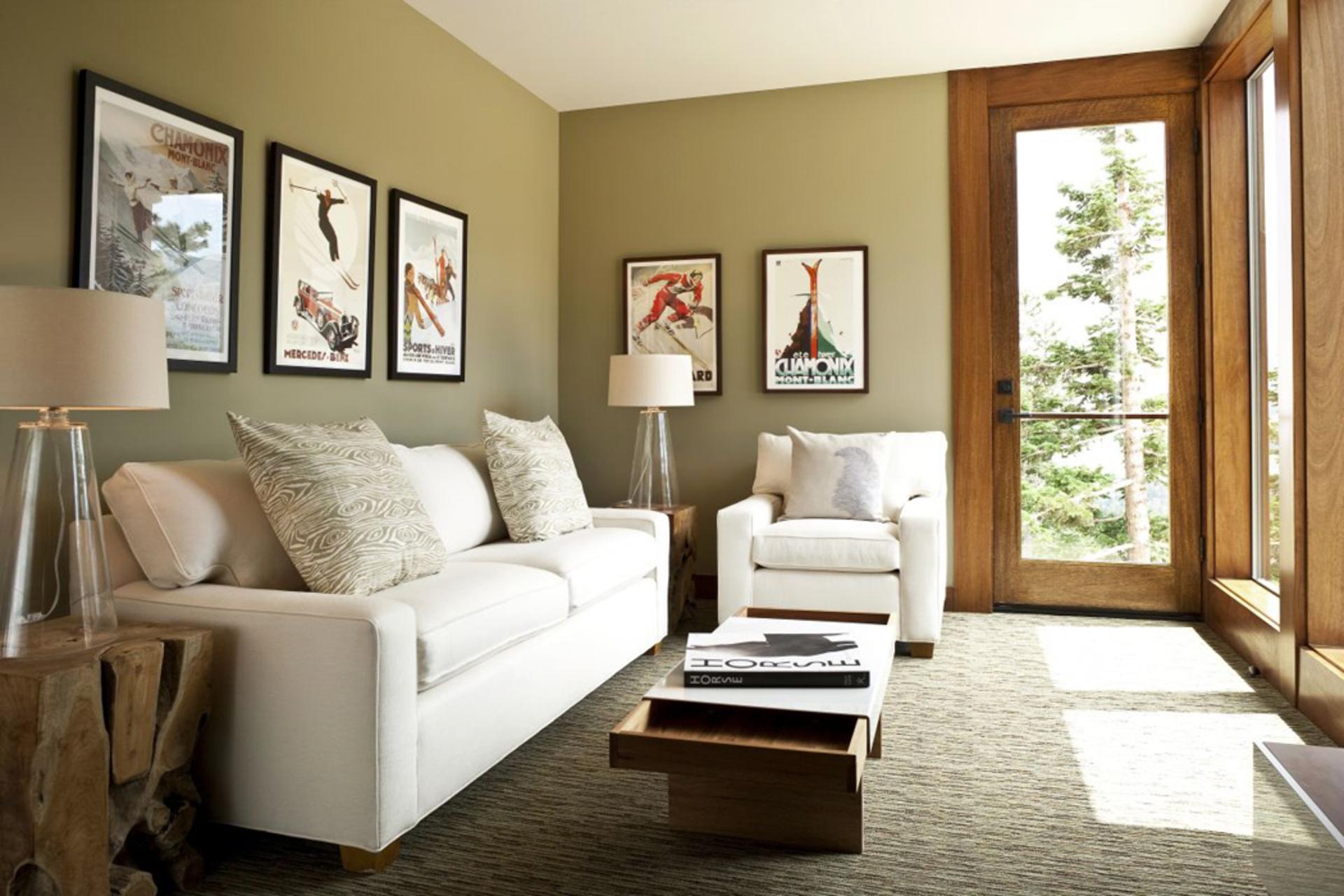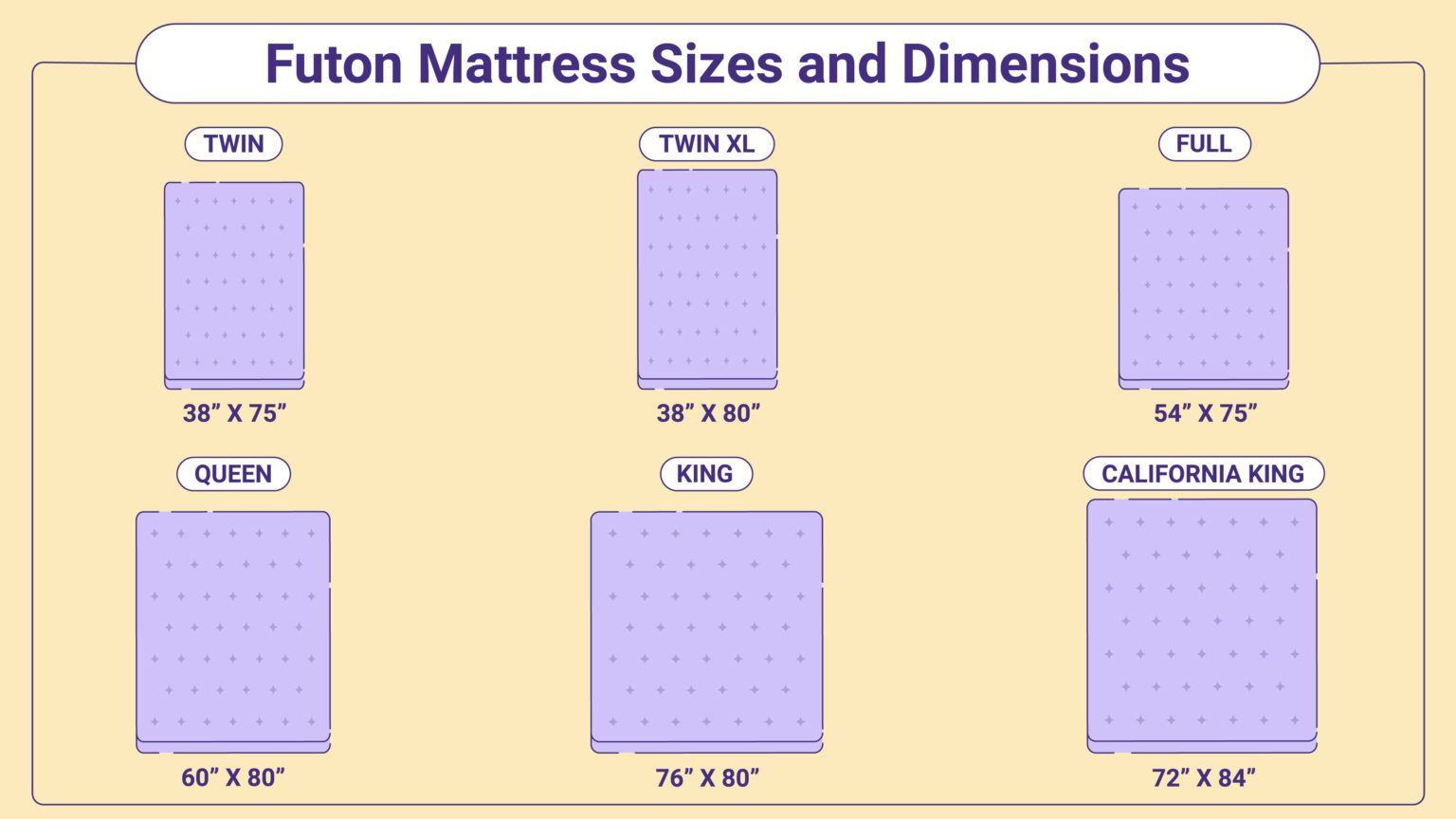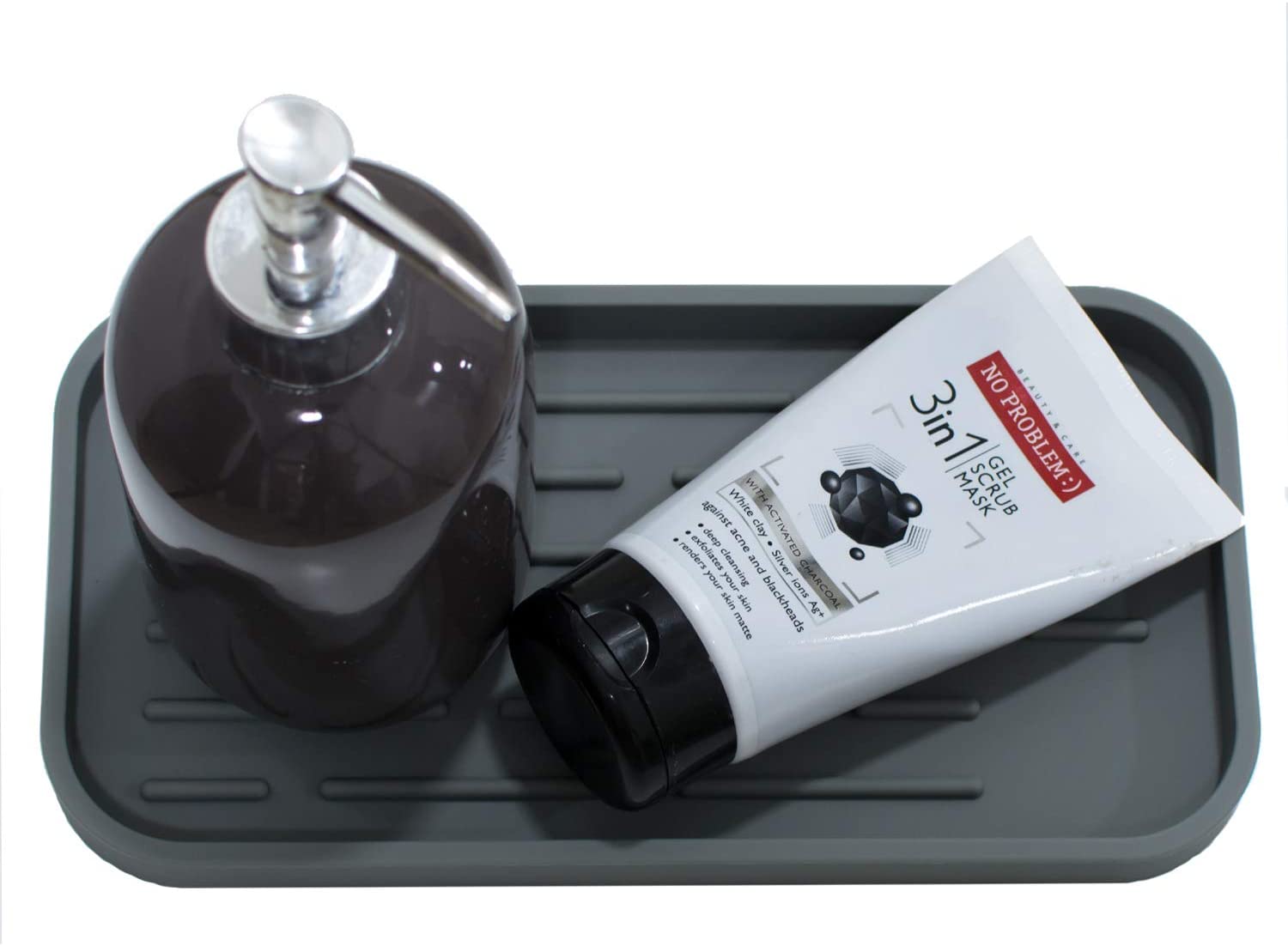The living room is often considered the heart of a home, where family and friends gather to relax and spend quality time together. It's important to create a welcoming and comfortable space that reflects your personal style, and one way to do that is through the use of color psychology. Color has a powerful impact on our emotions and can greatly influence the mood of a room. In this article, we'll explore the top 10 main living room color psychology and how you can use them to transform your space.Color Psychology for Living Room Decor
When it comes to decorating your living room, color is one of the most important factors to consider. Each color has its own unique psychological effects, and by understanding these effects, you can create a space that suits your needs and desires. For example, yellow is known to promote happiness and positivity, making it a great choice for a lively and energetic living room. On the other hand, blue is associated with calmness and serenity, making it perfect for a peaceful and relaxing living room.How to Use Color Psychology in Your Living Room
Color has the power to significantly impact the mood of a room, which is why it's important to choose your living room colors wisely. Red is known to stimulate the senses and increase energy, making it a popular choice for bold and vibrant living rooms. However, it's important to use this color in moderation as too much red can be overwhelming and even cause feelings of anger or anxiety. On the other hand, green is associated with growth and harmony, making it a great choice for creating a peaceful and balanced living room.The Impact of Color on Your Living Room's Mood
When selecting colors for your living room, it's important to consider the overall atmosphere you want to create. Neutral colors like white, gray, and beige are versatile and can create a sense of calm and sophistication. They also serve as a great base for adding pops of color through accents and accessories. Purple is a color often associated with luxury and creativity, making it a great choice for a stylish and unique living room. Orange is a warm and energetic color that can add a touch of excitement to your living room, while black can add a sense of drama and sophistication to the space.Choosing the Right Colors for Your Living Room Based on Psychology
If creating a serene and peaceful living room is your goal, then blue should be your go-to color. This cool and calming color has been found to lower blood pressure and heart rate, making it perfect for creating a tranquil atmosphere. You can also incorporate elements of green and purple to add a touch of nature and luxury to your space. Avoid using too many bright and bold colors in a relaxing living room, as they can be overstimulating and defeat the purpose of a calm and peaceful space.Creating a Relaxing Living Room with Color Psychology
Some colors have stood the test of time and remain popular choices for living room decor. For example, white is often associated with cleanliness and simplicity, making it a great choice for modern and minimalist living rooms. Gray, beige, and taupe are also popular choices for creating a neutral and calming living room. On the other hand, red and blue are popular choices for creating a bold and dramatic living room, while green and purple are often used to add a touch of sophistication and elegance.The Psychology Behind Popular Living Room Colors
For many, the living room is a place to unwind and get cozy after a long day. To create a warm and inviting space, consider using warm colors like yellow, orange, and red. These colors are known to promote feelings of happiness and comfort, making them perfect for a cozy living room. You can also use saturated colors, meaning colors that are rich and intense, to add depth and warmth to your space. Just be sure to balance these colors with neutral tones to avoid overwhelming the room.Using Color Psychology to Create a Cozy Living Room
Color is a powerful tool that can transform any space, including your living room. By understanding the psychology behind different colors, you can create a living room that not only looks beautiful but also evokes the desired emotions and atmosphere. You can also use color to enhance the functionality of your living room, such as using purple for a creative and productive space or green for a calm and peaceful reading corner.The Power of Color: How to Use Psychology to Transform Your Living Room
If you want to add a sense of vibrancy and energy to your living room, then consider using warm and saturated colors like orange, red, and yellow. These colors are known to stimulate the senses and promote feelings of excitement and enthusiasm. You can also use different shades of the same color to create a cohesive and dynamic look in your living room. Just be sure to balance these bold colors with neutral tones to avoid overwhelming the space.Color Psychology: The Key to a Vibrant Living Room
When decorating your living room, it's important to create a sense of harmony and balance. This can be achieved through the use of complementary colors, meaning colors that are opposite each other on the color wheel. For example, blue and orange are complementary colors that can create a harmonious and visually appealing living room. You can also use an analogous color scheme, meaning colors that are next to each other on the color wheel, to create a cohesive and harmonious look in your living room.Creating a Harmonious Living Room with Color Psychology
The Importance of Choosing the Right Color for Your Living Room

Creating a Harmonious and Welcoming Space
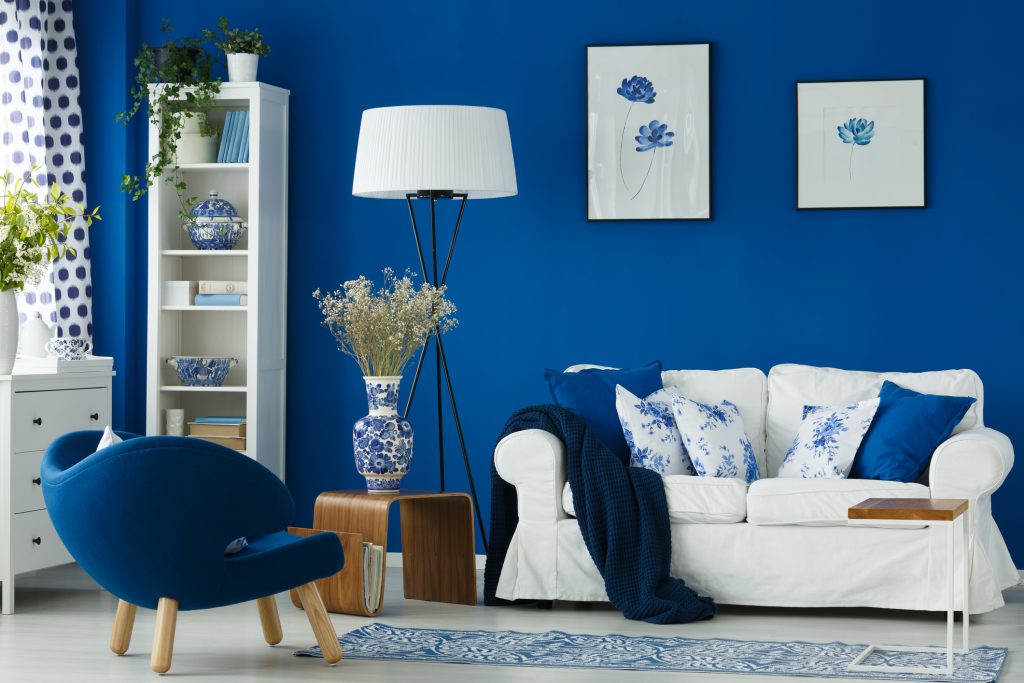 The living room is often considered the heart of a home, where families gather and guests are entertained. It is a space that should not only be aesthetically pleasing, but also reflect the personality and energy of the people who inhabit it.
Color psychology
plays a crucial role in achieving this, as the colors we choose can greatly impact our mood and emotions. The right color scheme in your living room can create a harmonious and welcoming atmosphere, while the wrong colors can lead to feelings of discomfort and unease.
The living room is often considered the heart of a home, where families gather and guests are entertained. It is a space that should not only be aesthetically pleasing, but also reflect the personality and energy of the people who inhabit it.
Color psychology
plays a crucial role in achieving this, as the colors we choose can greatly impact our mood and emotions. The right color scheme in your living room can create a harmonious and welcoming atmosphere, while the wrong colors can lead to feelings of discomfort and unease.
The Power of Warm Colors
 Warm colors, such as red, orange, and yellow, are known for their energizing and stimulating effects. These colors can create a sense of warmth and coziness in a living room, making it a perfect space for socializing and relaxation.
Red
, in particular, is associated with passion, excitement, and strength. It can be a great accent color in a living room, adding a pop of energy and creating a focal point.
Yellow
is another warm color that is often used to evoke feelings of happiness and optimism. It can be a great choice for a living room, especially in spaces that lack natural light.
Warm colors, such as red, orange, and yellow, are known for their energizing and stimulating effects. These colors can create a sense of warmth and coziness in a living room, making it a perfect space for socializing and relaxation.
Red
, in particular, is associated with passion, excitement, and strength. It can be a great accent color in a living room, adding a pop of energy and creating a focal point.
Yellow
is another warm color that is often used to evoke feelings of happiness and optimism. It can be a great choice for a living room, especially in spaces that lack natural light.
The Calming Effect of Cool Colors
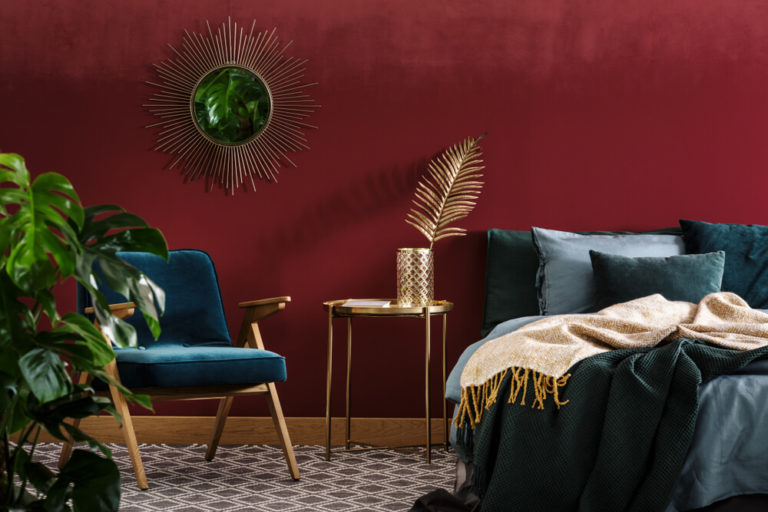 On the other hand, cool colors, such as blue, green, and purple, have a calming and soothing effect. These colors are often used in bedrooms and bathrooms, but they can also work well in living rooms, creating a tranquil and serene atmosphere.
Blue
is associated with serenity, trust, and peace, making it a great color for a living room where you want to relax and unwind.
Green
is a color that represents nature and growth, and it can bring a sense of balance and harmony to a living room.
Purple
, with its royal and luxurious connotations, can add a touch of sophistication and elegance to a living room.
On the other hand, cool colors, such as blue, green, and purple, have a calming and soothing effect. These colors are often used in bedrooms and bathrooms, but they can also work well in living rooms, creating a tranquil and serene atmosphere.
Blue
is associated with serenity, trust, and peace, making it a great color for a living room where you want to relax and unwind.
Green
is a color that represents nature and growth, and it can bring a sense of balance and harmony to a living room.
Purple
, with its royal and luxurious connotations, can add a touch of sophistication and elegance to a living room.
The Impact of Neutrals
 Neutrals, such as white, gray, and beige, are often used as the base color in a living room. These colors provide a clean and versatile backdrop, allowing you to play with different accent colors and textures.
White
is often associated with purity and simplicity, and it can make a living room feel bright and airy.
Gray
can add a touch of sophistication and modernity to a living room, while
beige
can create a warm and welcoming atmosphere.
In conclusion, choosing the right
colors
for your living room is not just about personal preferences, but also about understanding the impact they can have on your emotions and the overall energy of the space. It is important to carefully consider the
color psychology
behind each color and how it aligns with the atmosphere you want to create in your living room. With the right color scheme, your living room can become a beautiful and inviting space that reflects your unique style and personality.
Neutrals, such as white, gray, and beige, are often used as the base color in a living room. These colors provide a clean and versatile backdrop, allowing you to play with different accent colors and textures.
White
is often associated with purity and simplicity, and it can make a living room feel bright and airy.
Gray
can add a touch of sophistication and modernity to a living room, while
beige
can create a warm and welcoming atmosphere.
In conclusion, choosing the right
colors
for your living room is not just about personal preferences, but also about understanding the impact they can have on your emotions and the overall energy of the space. It is important to carefully consider the
color psychology
behind each color and how it aligns with the atmosphere you want to create in your living room. With the right color scheme, your living room can become a beautiful and inviting space that reflects your unique style and personality.


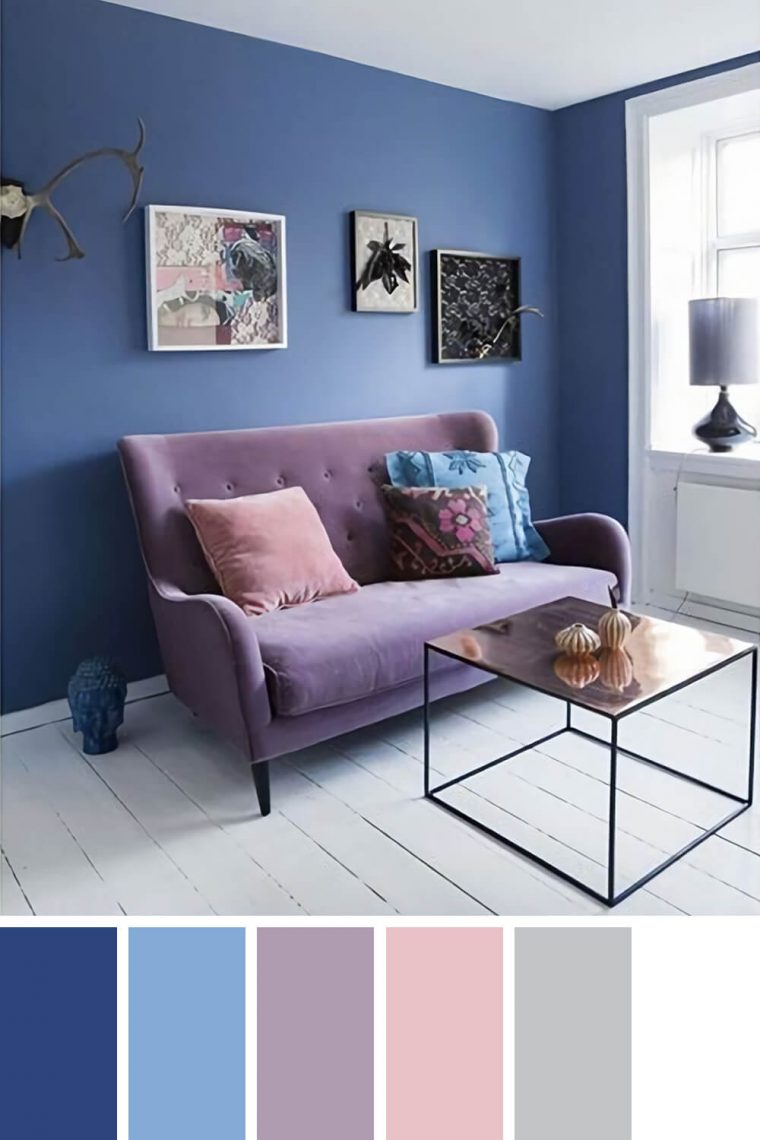
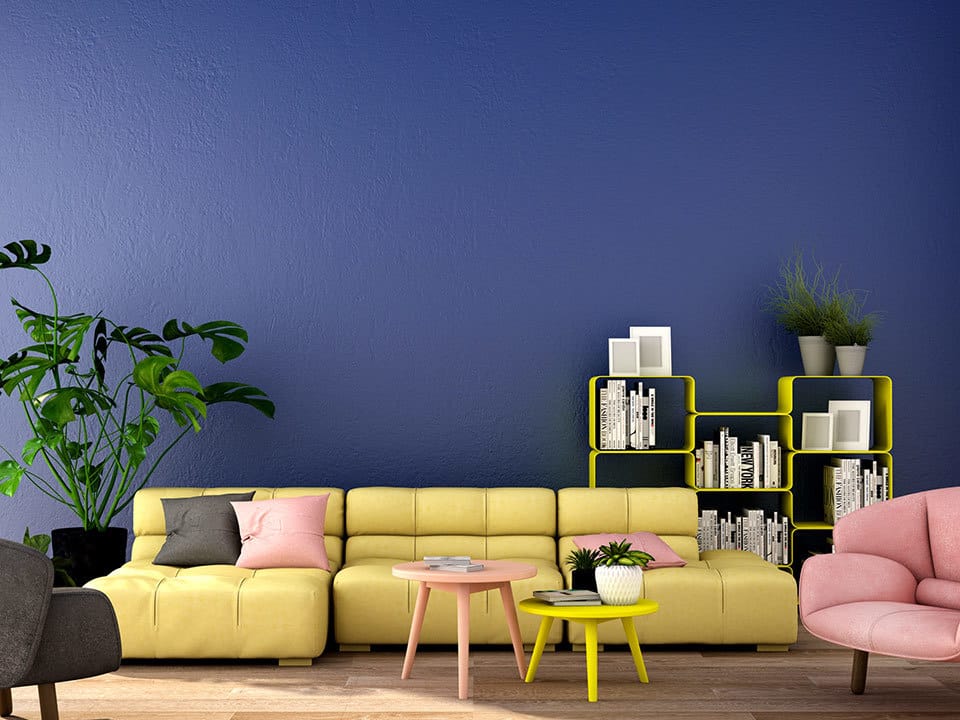
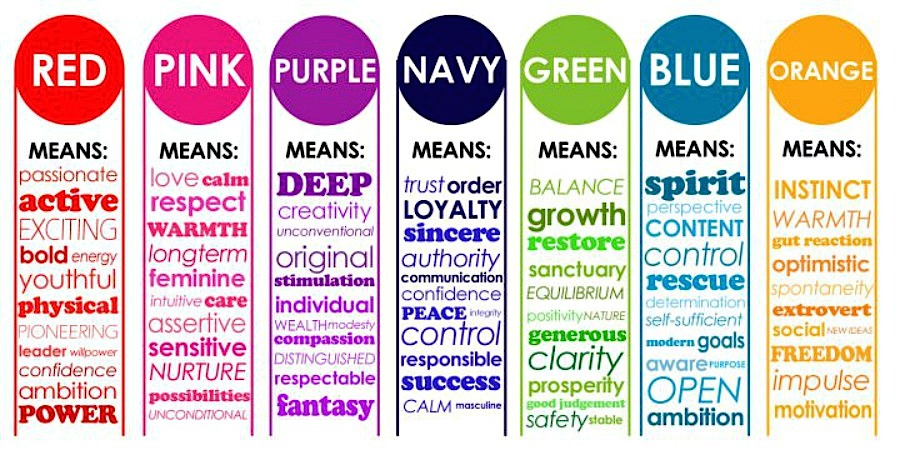
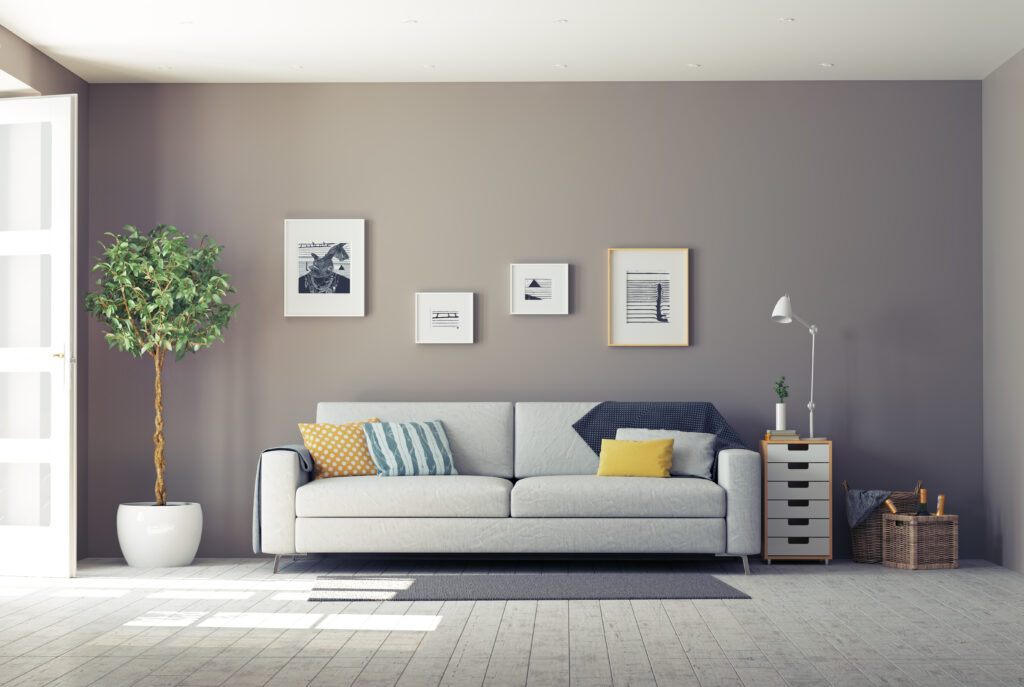
:max_bytes(150000):strip_icc()/2795824-color-psychology-5b0478de04d1cf003aac1625.png)
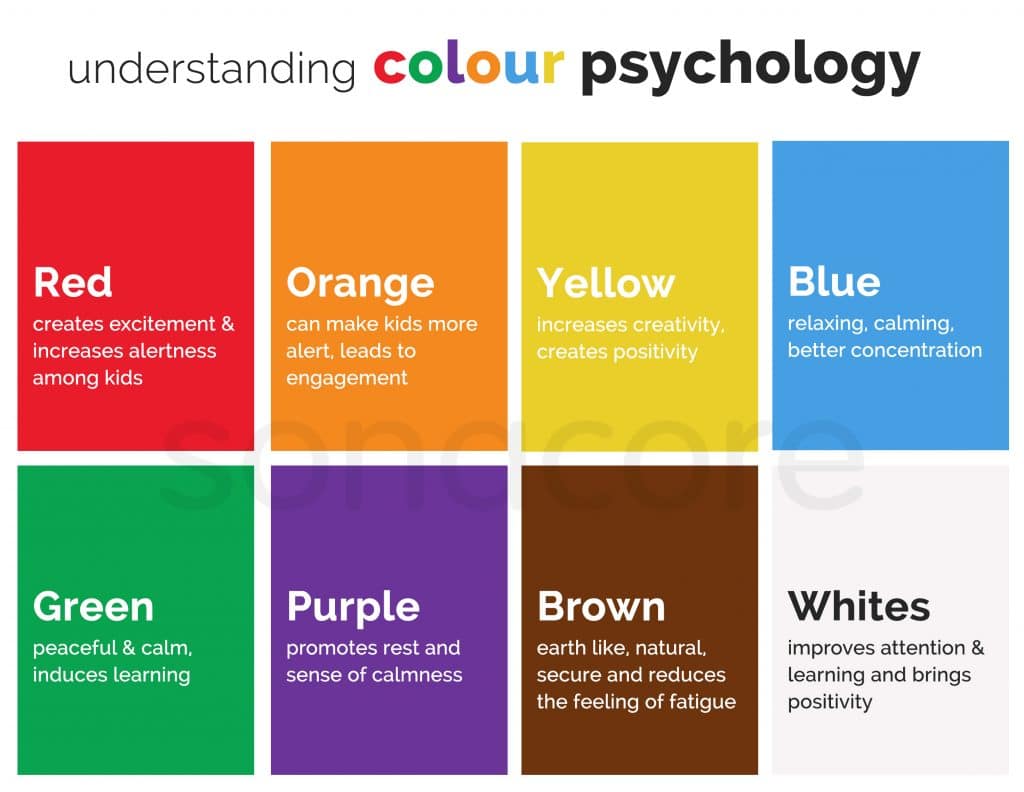
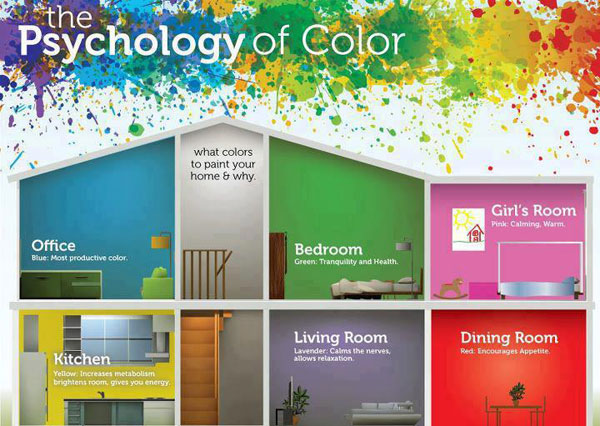
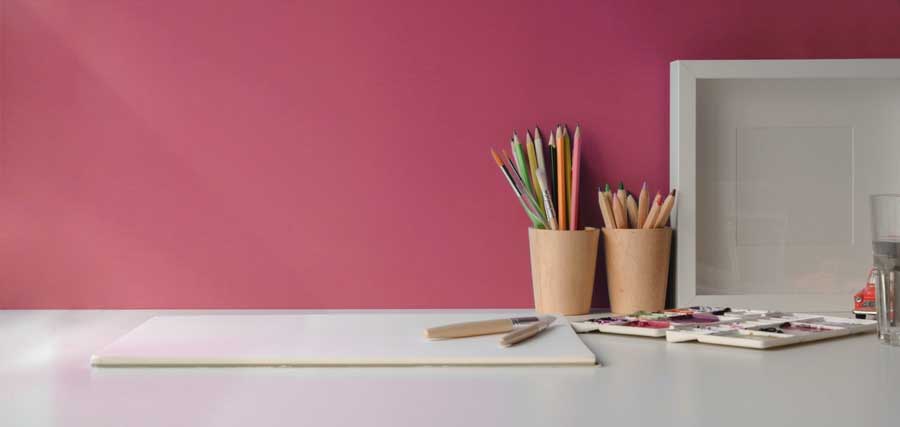

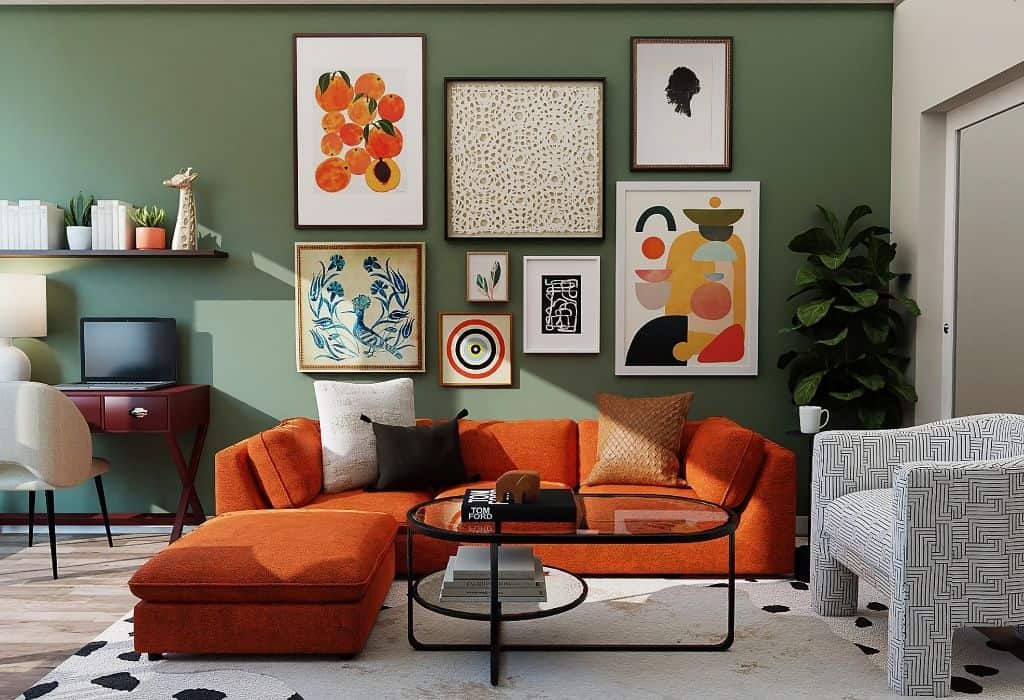





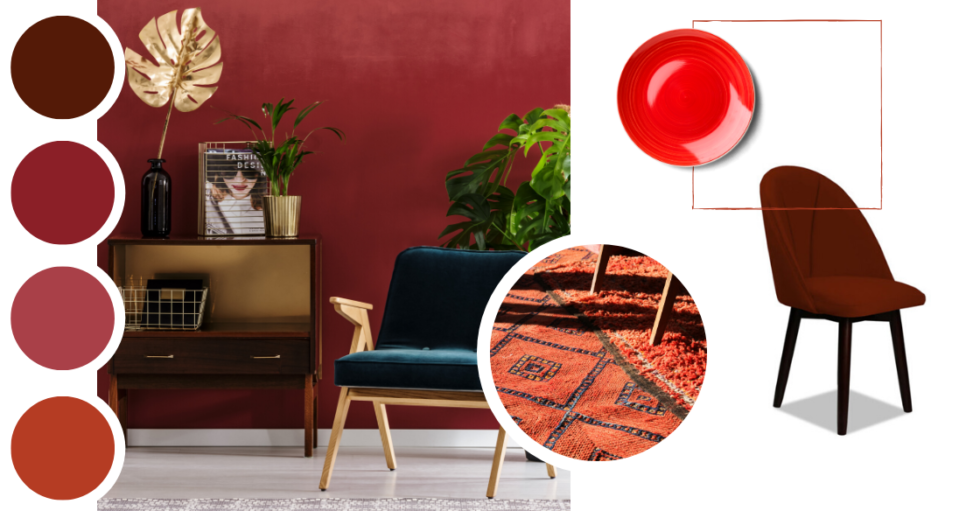



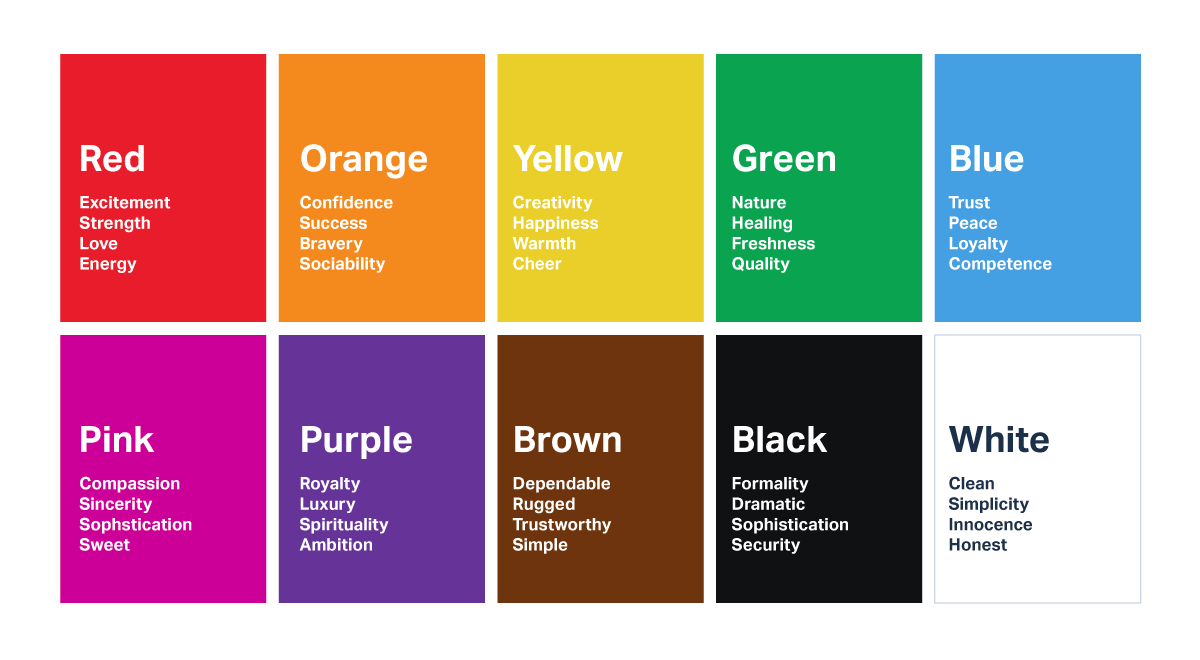




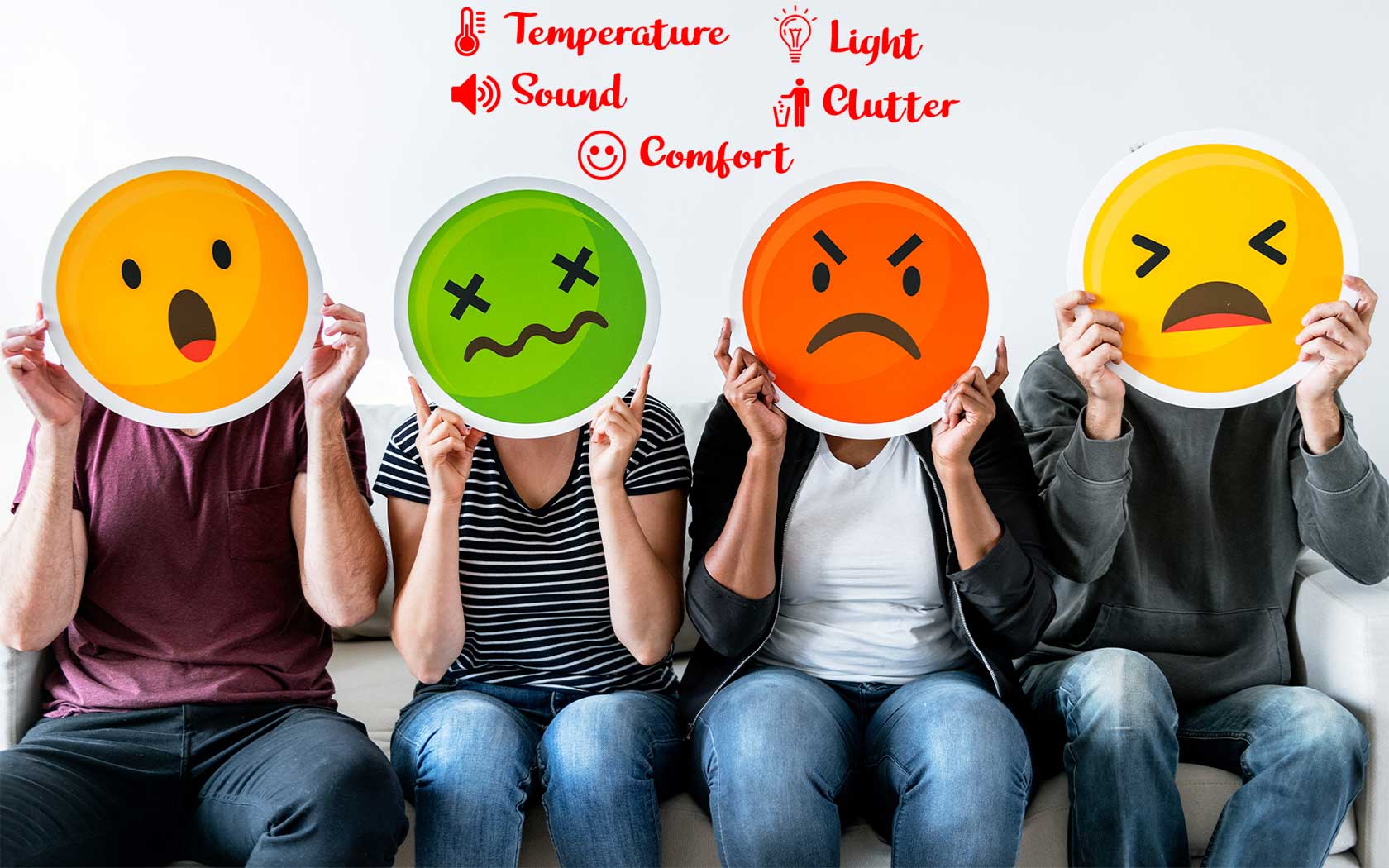
/2795824-color-psychology-5b0478de04d1cf003aac1625.png)




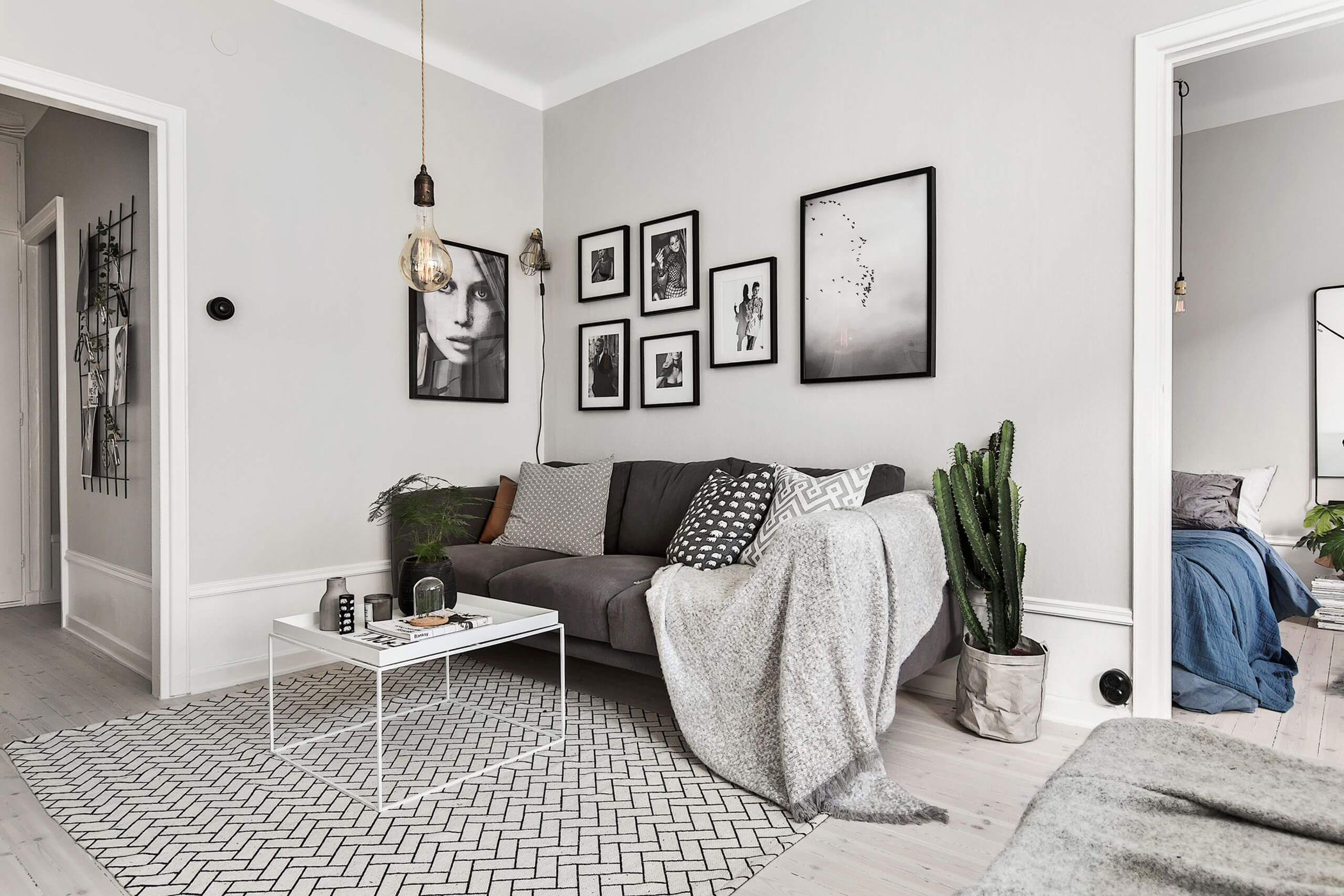

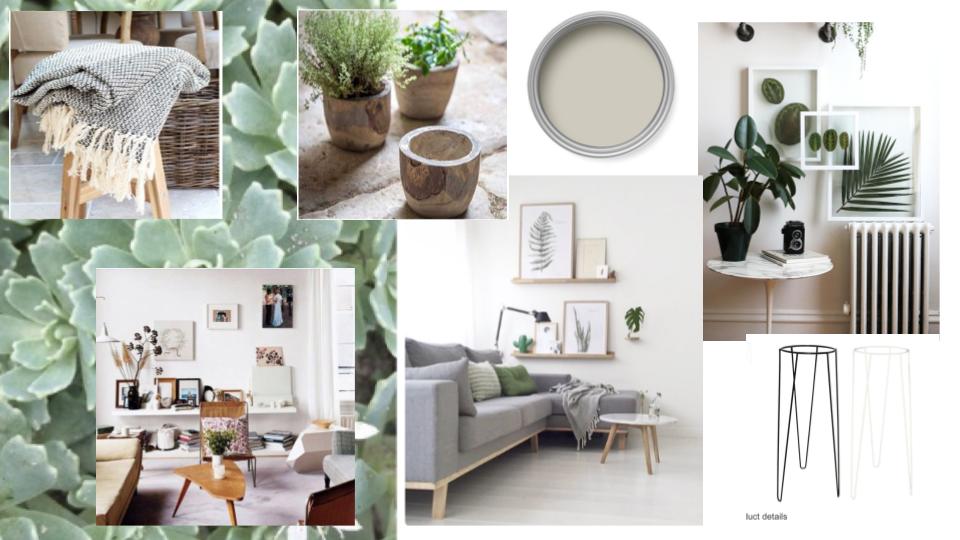

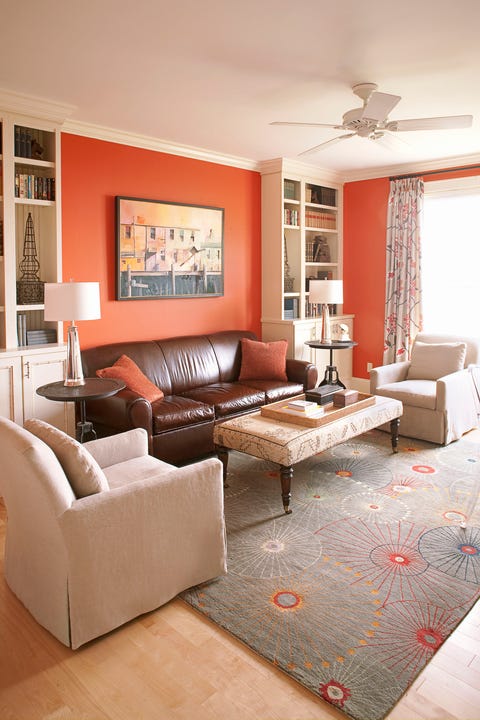


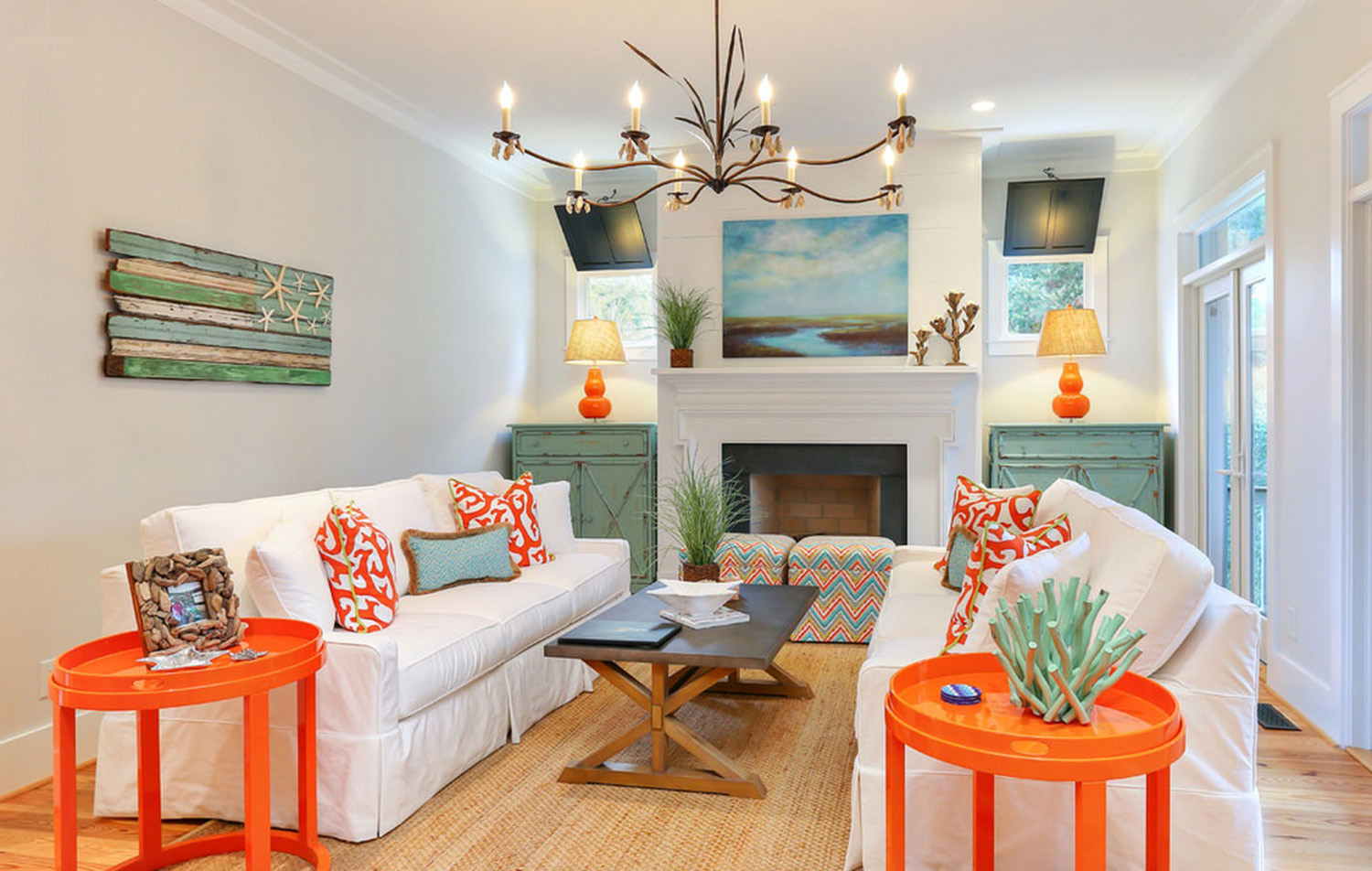



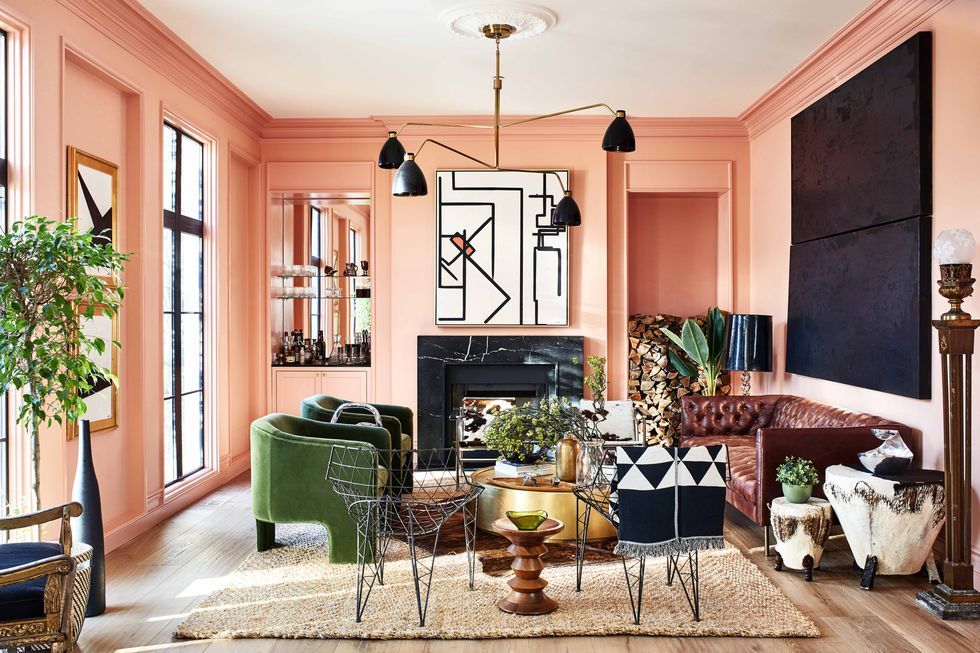

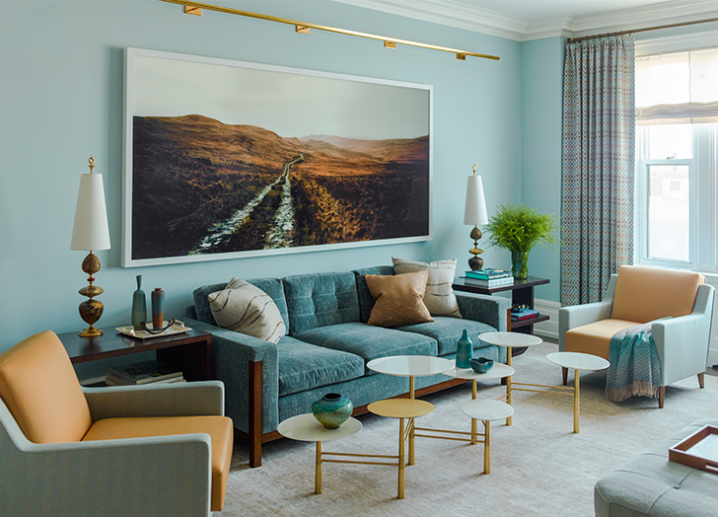

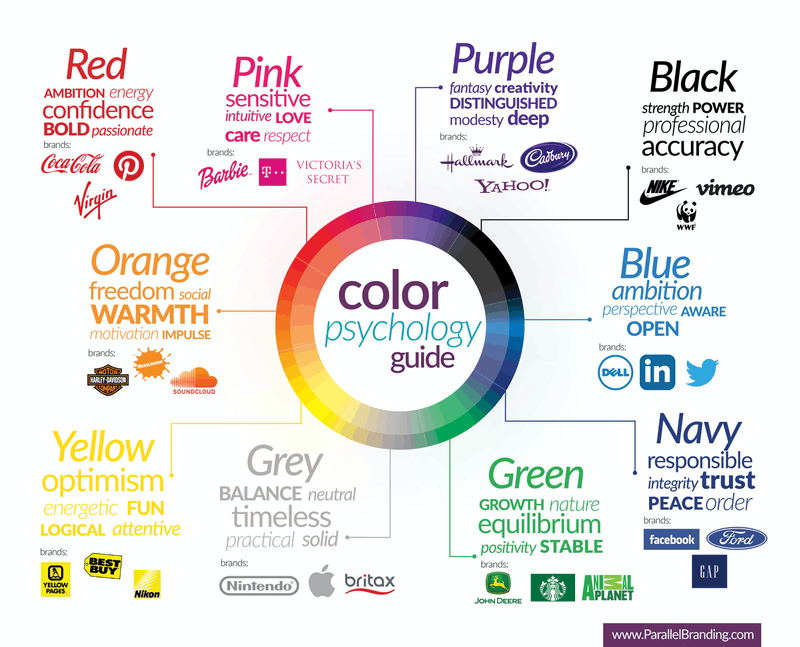


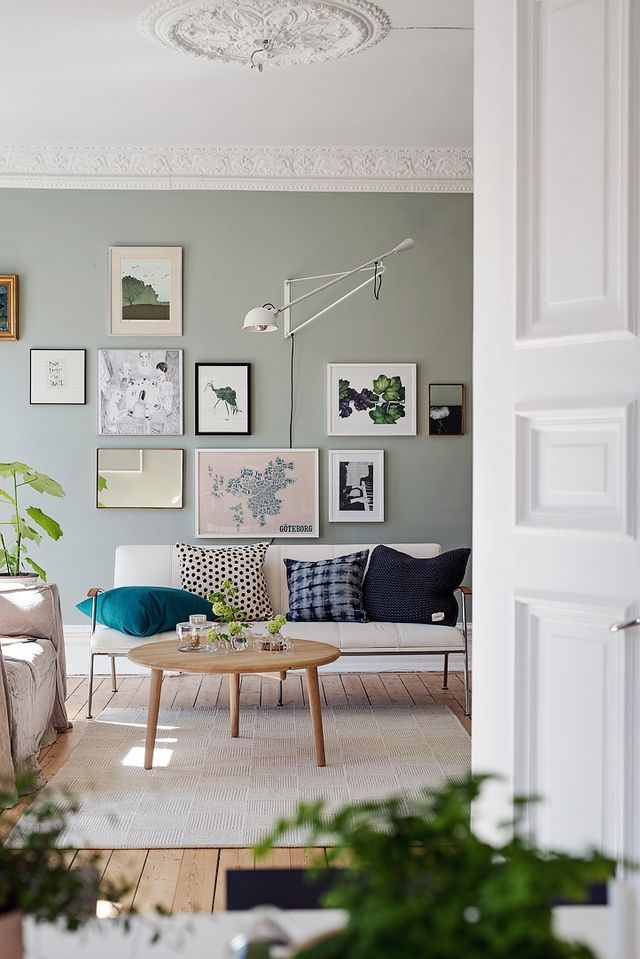
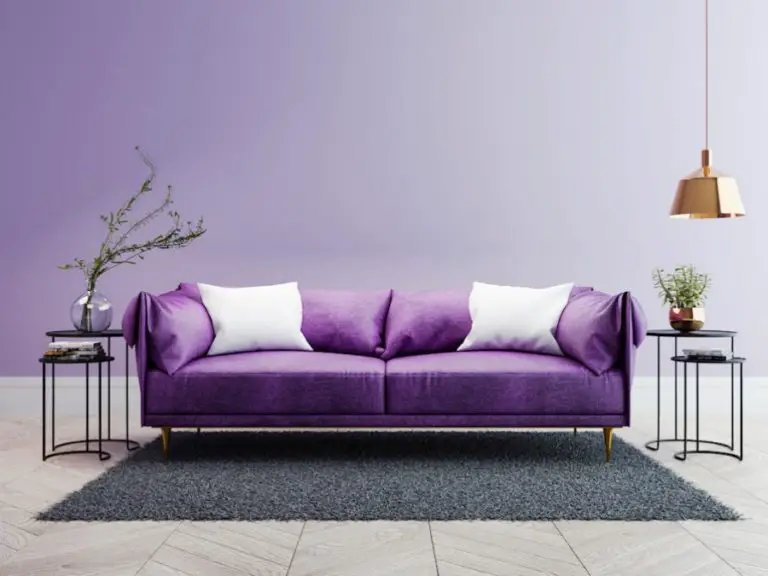




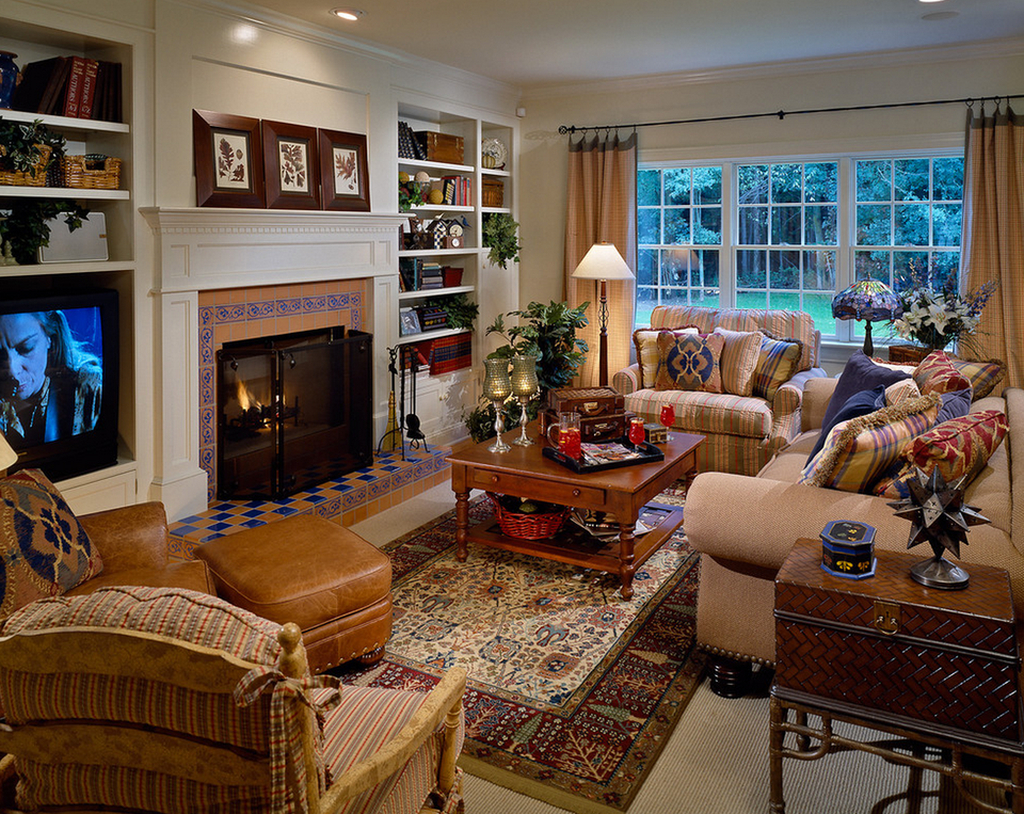




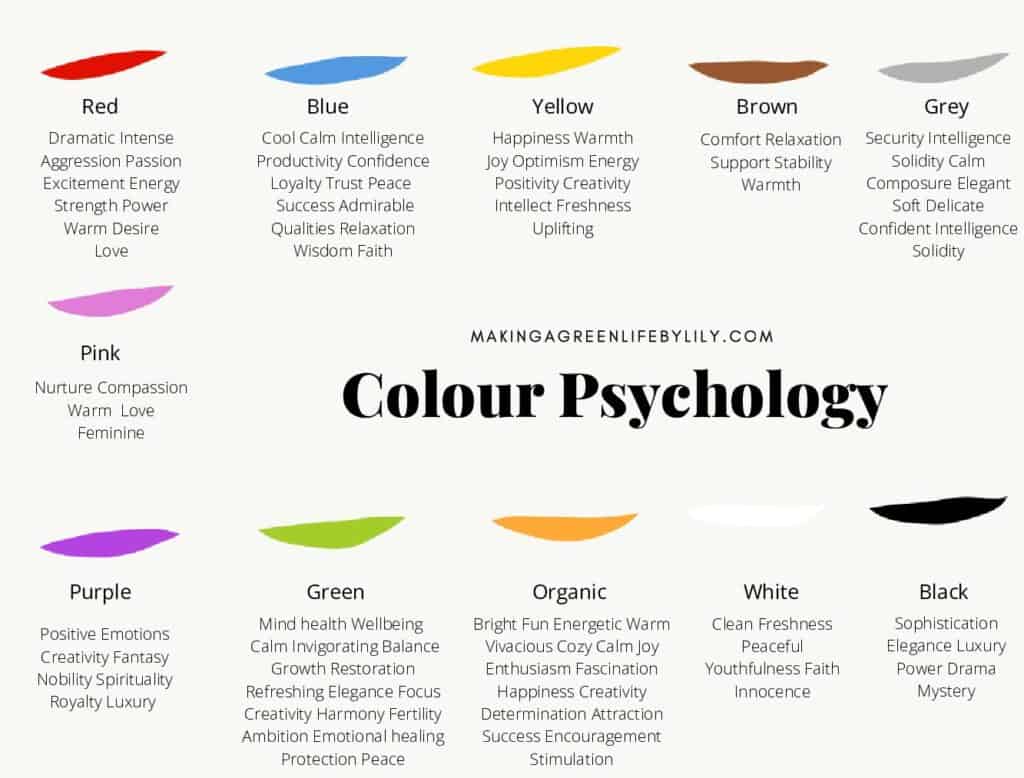
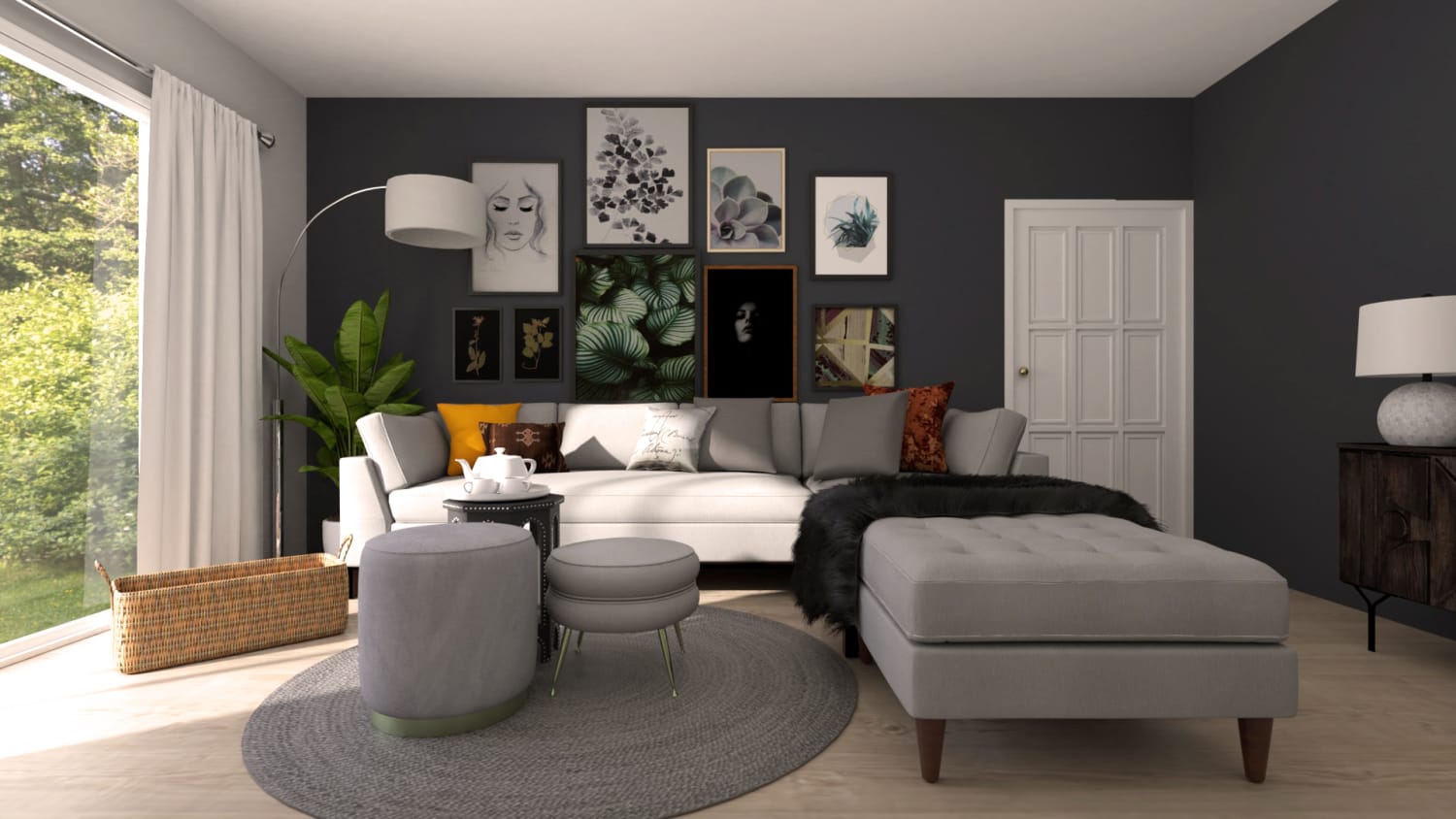
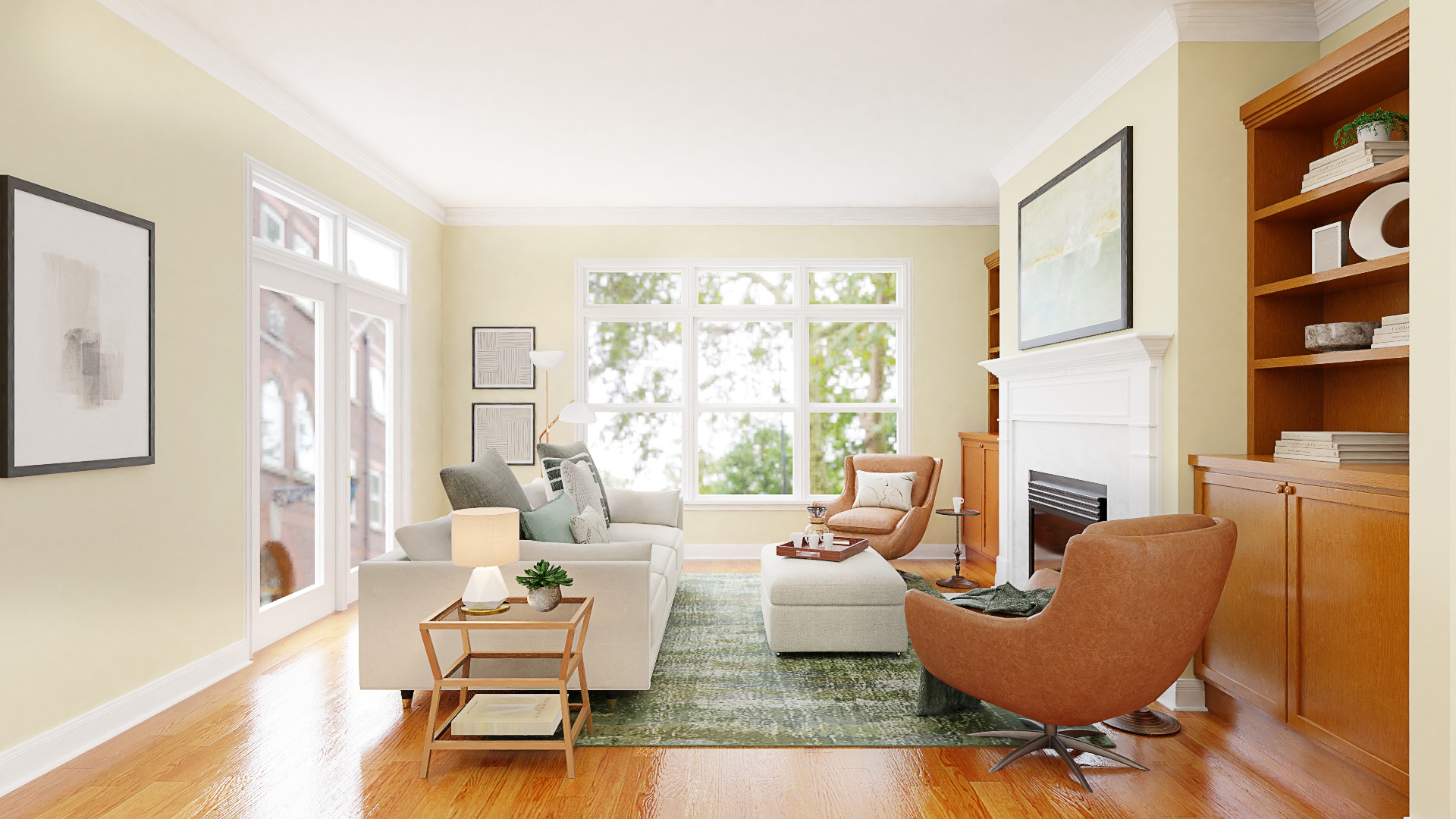

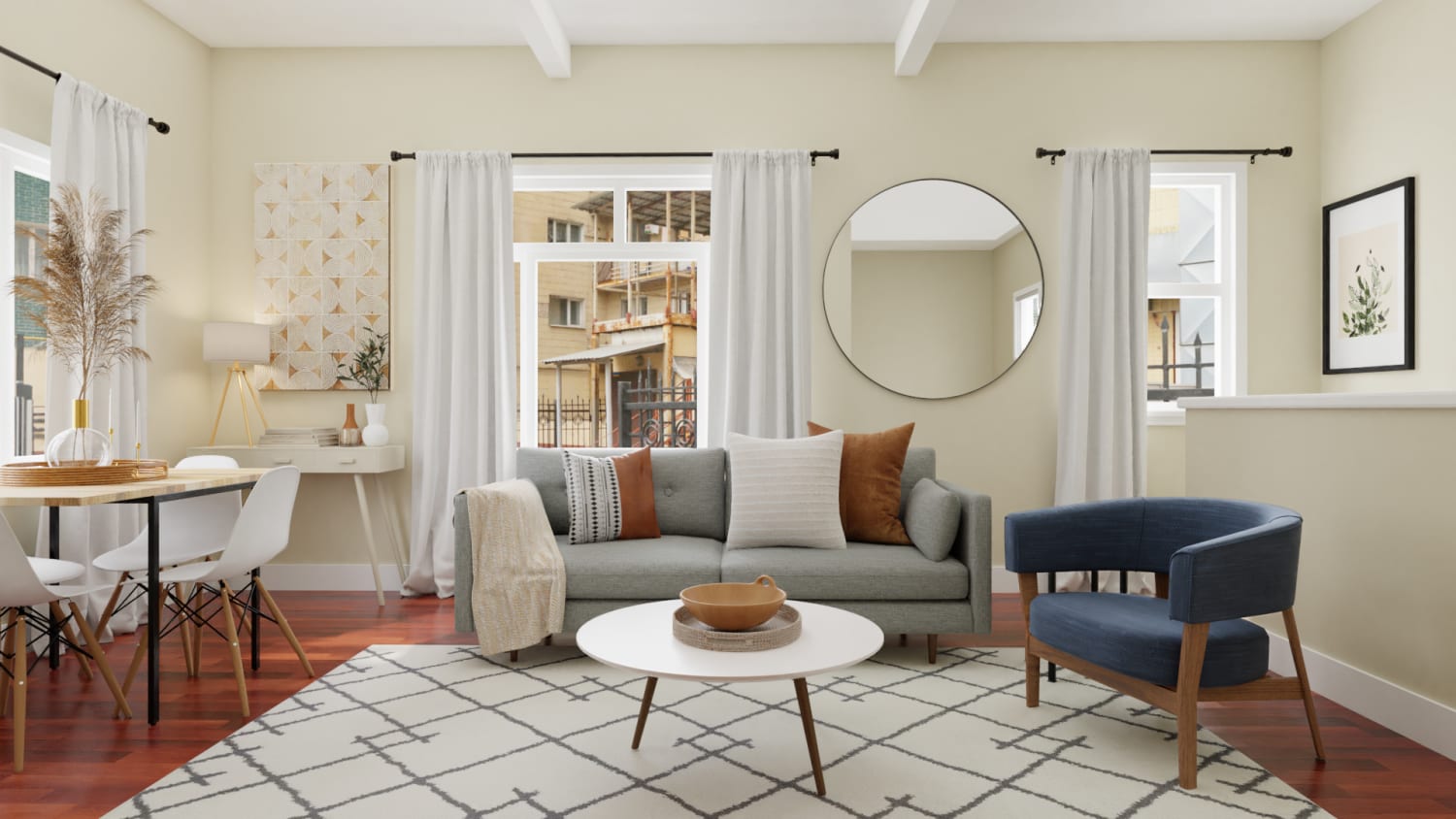
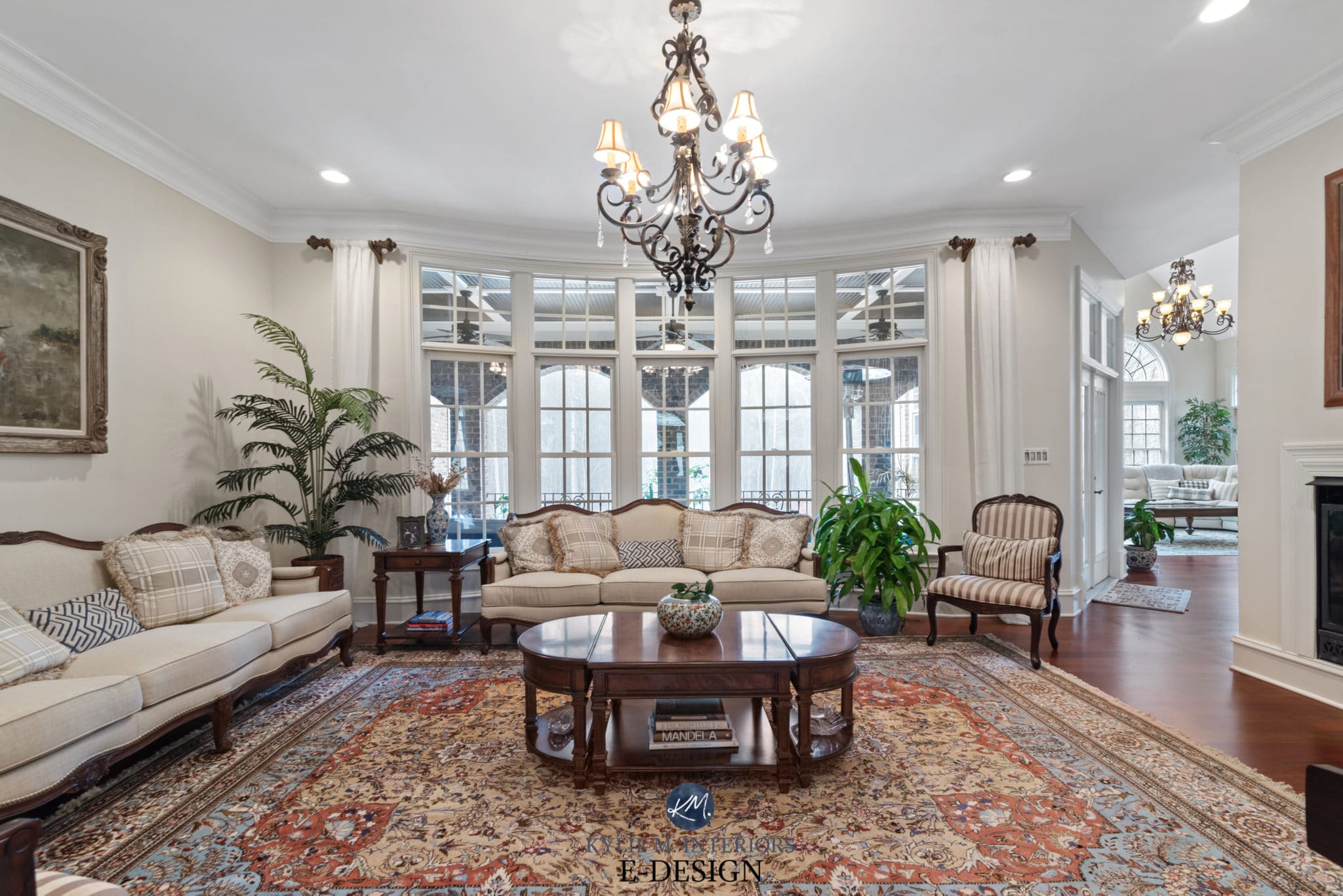

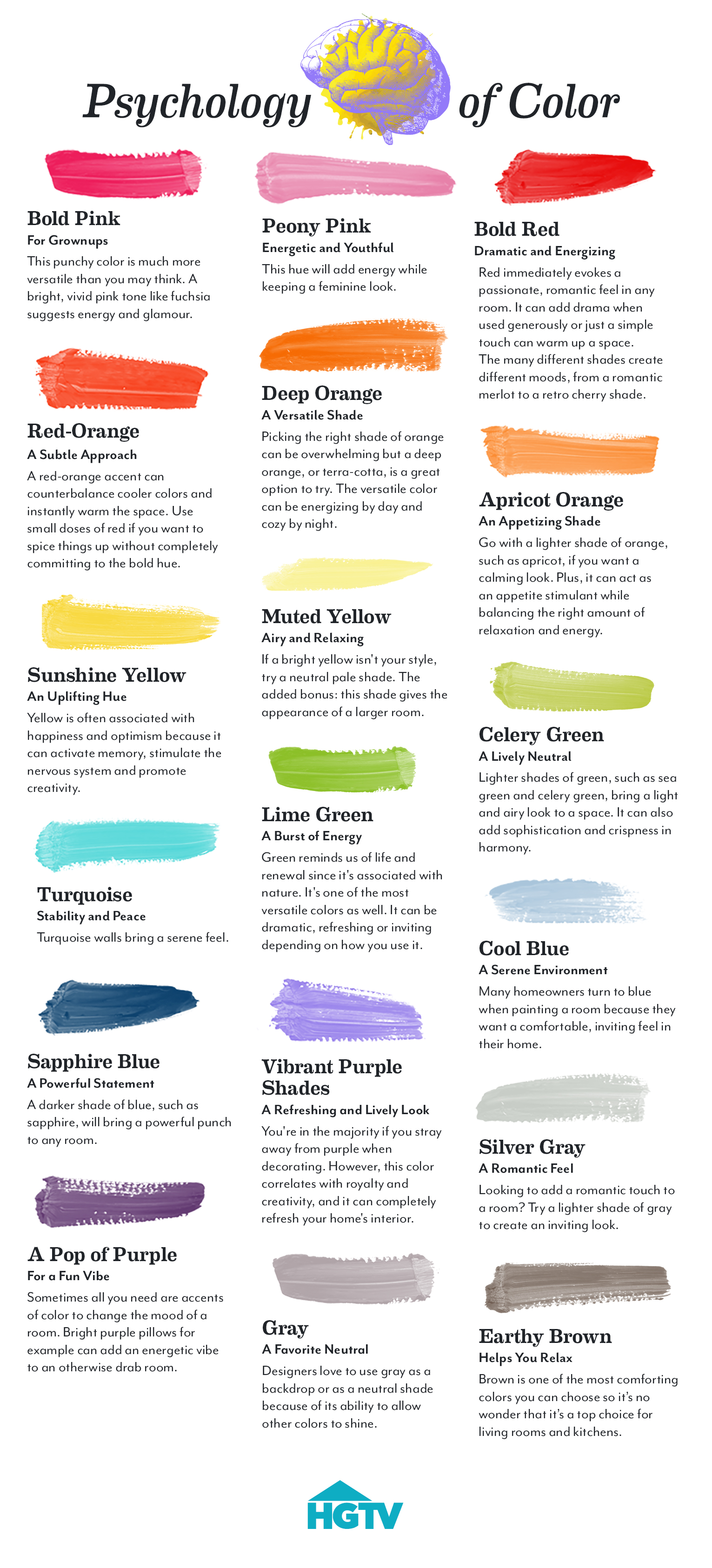
:max_bytes(150000):strip_icc()/Cozy-Sitting-Area-Beth-Webb-589f7cab3df78c475870dd2b.png)

:max_bytes(150000):strip_icc()/Warm-and-cozy-living-room-Amy-Youngblood-589f82173df78c47587b80b6.png)



